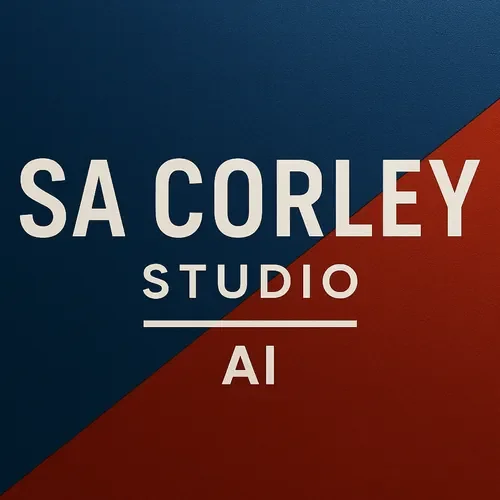
Customer Tech Use in Restaurants: What Guests Expect
Ashland Brewing Company is First Brewery Powered by Generative AI
Studio Perspective — Why It Matters
Experience parity is gone. Today’s guests compare your restaurant not just to the one across town, but to the seamless digital experiences of Amazon, Netflix, and Apple. Digital tools are no longer optional add-ons—they are the baseline expectation for hospitality.
Hospitality is now hybrid. The most successful operators use technology to handle transactional layers—ordering, payment, and accuracy—so staff can focus on creating memorable, human interactions. Technology doesn’t replace service; it empowers staff to deliver it where it matters most.
The deeper lesson: trust drives loyalty. If technology creates friction, fails, or feels like a gimmick, guests won’t forgive it. But when it makes things easy, accurate, and reliable, guests reward the brand with repeat visits and positive word-of-mouth.
Increasingly, data is destiny. Every QR scan, pre-order, or mobile payment generates insights that can inform staffing, menu design, and promotions. Operators who treat digital touchpoints as insight engines—not just transactions—will lead the field.
Quick Snapshot
Generational differences:
Gen Z & Millennials expect digital-first dining.
Gen X is comfortable but less enthusiastic.
Boomers remain cautious but are open to tap-to-pay and digital menus.
Ordering & payments:
70% of adults open to advance ordering.
63% comfortable with smartphone apps.
65% willing to use table tablets.
Contactless payments:
62% of full-service diners would pay contactless.
57% would use digital wallets.
QR codes & kiosks:
Over half of diners comfortable with QR menus and kiosks.
Delivery & takeout:
71% likely to use third-party delivery.
39% of QSR customers report tech improves their experience.
AI & automation:
16% of operators plan to invest in AI integration in 2024.
More than half plan to automate more functions.
Comfort barriers:
Only 45% are comfortable with voice-enabled ordering.
Fewer than 40% would accept drone or robot delivery.
Studio Conclusion
Technology in restaurants is no longer a novelty—it’s the baseline for hospitality. Generational splits show why a one-size-fits-all approach fails: younger guests expect seamless digital flows, while older guests still value the human touch.
Operators who succeed will use digital to eliminate friction and free staff to deliver service where it matters most. Those who delay risk frustrating customers and eroding loyalty.
Start here: Audit your dine-in and off-premise touchpoints to ensure parity across generations, and add one digital upgrade where gaps exist.
Case Background
Brown Bacon AI’s Report on Restaurant Customer Use of Technology (2024)
The integration of technology in the restaurant industry has significantly transformed the dining experience. From online ordering to contactless payments, technology is reshaping how customers interact with restaurants. This report highlights key statistics, trends, and implications for operators:
Generational Differences:
Gen Z and Millennials are far more likely to say tech facilitates a better experience and want more tech options.
Gen X is comfortable with ordering and payments, but less so than younger generations.
Baby Boomers are less likely to embrace tech, but open to digital menus and contactless payments.
Online Ordering and Advance Ordering:
70% of adults open to advance online ordering.
63% comfortable using a smartphone app.
65% of sit-down guests likely to use table tablets.
Implications: convenience, reduced wait times, and efficiency.
Contactless and Mobile Payments:
62% of full-service consumers would use contactless.
57% would activate a digital wallet.
55% comfortable paying with an app.
Implications: safety, hygiene, speed, and convenience.
QR Codes and Kiosks:
59% of full-service diners would use QR codes for menus.
52% of QSR diners would order via QR codes.
65% comfortable with kiosks.
Implications: digital menus and self-service convenience.
Delivery and Takeout Technology:
71% likely to order delivery through third parties.
39% of QSR customers report tech improves experience.
Implications: convenience and customer retention.
AI and Automation:
16% of operators plan AI investment in 2024.
56% plan to automate more online; 48% plan to automate on-premise.
Implications: personalization, efficiency, and service quality.
Customer Comfort with Technology:
45% less comfortable with voice-enabled ordering.
Fewer than 40% would accept drone/robot delivery.
Implications: barriers remain; gradual integration needed.
